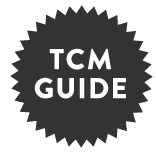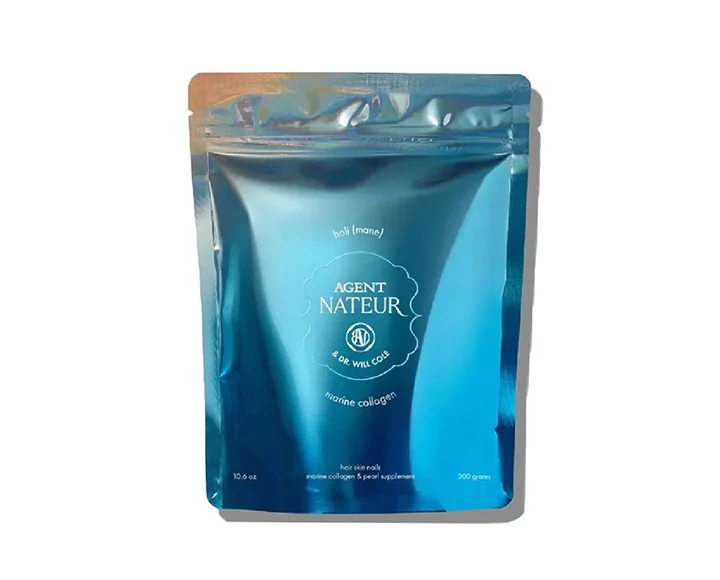WHAT IS IT? Also known as caustic soda or lye, sodium hydroxide is a highly caustic, toxic and reactive inorganic base. It’s a powerful alkali used in industry for cleaning drains and pipe lines and is also used in oven cleaners. It is used a pH adjuster and denaturant commonly found in toothpastes, skin care such as moisturizers and facial cleansers, bath products, fragrances, foot powders, hair dyes and colors, makeup, nail products, personal cleanliness products, shampoos, shaving products, depilatories, skin care products and suntan products!
HEALTH RISK: In large doses, sodium hydroxide can cause chemical burns, permanent injury and scarring. It is classed as a poison to humans and animals. Cumulative or prolonged contact with skin can cause serious irritation, has a destructive effect upon tissue and skin cells and is known to aggravate pre-existing skin disorders. Make sure it’s not in any of your skincare!
WHAT TO DO: Watch labels for all three possibly-listed names: caustic soda, lye or sodium hydroxide. When possible stick to simple products with as few ingredients as possible!














